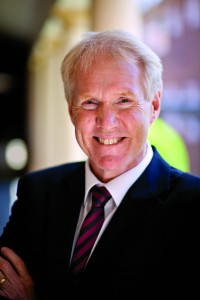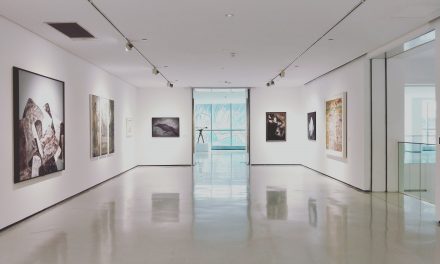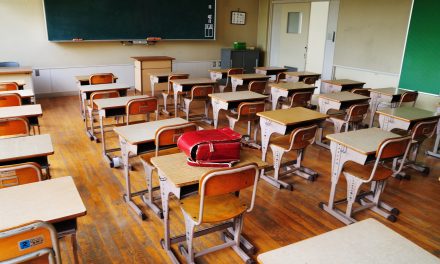Phillip Heath

In my former role as National Chair of the Association of Heads of Independent Schools of Australia, completed in September, I spoke to many school leaders and teachers and was able to visit many schools. Over the past year or so, I have seen the profession deeply engaging with another important question: “In the 21st century, what is an education worth having?” The good news is that, not only are schools exploring what an education worth having looks like, they are already busy providing it.
Schools are researching, experimenting and innovating. For example, it is not uncommon now for schools to ‘flip’ classrooms, especially at senior secondary level. In this approach, students are expected to access in their own time – at home or in the school library – digital texts or videos of core content posted on the school intranet; class time is used for interaction with the teacher or peers to examine underlying principles or to work on collaborative projects. Videoconferencing is enabling students to put their questions directly to scientists, artists, historians or explorers. The internet and access to digital devices, such as laptops or tablets as well as desktop computers, and cloud-based software programs are also supporting exchange and collaboration among students on a global scale.
While digital technologies are an important enabler of this revolution, they are not its only support. Research findings from neuroscience and the social sciences are influencing school programs and pedagogical approaches. For example, some schools are taking into account the effect of emotional intelligence on students’ capacity to learn and actively seeking ways to develop emotional intelligence in teachers as well as students. Other schools are introducing programs to develop mindfulness in students and report gains in student cognition and academic achievement. Several Australian schools are now world leaders in what has become known as positive education, that is, the linking of applied psychology, particularly in relation to student wellbeing, to academic learning.
The teaching profession is actively investigating new ideas and approaches to school education. Watch the professional learning networks on Twitter share outcomes in personalised learning, project based learning, inquiry learning, service learning, design thinking, positive education, growth mindsets or how to teach 21st century skills like creativity and entrepreneurship. Whatever the topic, and whether conversations are virtual or face to face, there is an underlying refrain: never has there been such an exciting time to be involved in school education.
I know from recent conversations with students and their parents that this movement is beginning to engage whole school communities. The almost unimaginable frontiers of the imminent future have created an appetite for discovery, change and innovation in schools.
In response, many of my colleagues are already adapting their schools’ organisational structures and reviewing resource allocation to create time and space for new ways of learning and teaching to emerge and evolve. This is reflected in the creation of new senior staff positions responsible for innovation, research or e-learning and the establishment of in-school centres for research, innovation and teaching excellence.
So, as we consider important questions about school education in NSW, by all means let us remain aware of the challenges. But we should not lose sight of the growing evidence that a revolution in learning and teaching is gathering pace. It is a revolution that is being driven by professional passion and in which schools are taking leadership.
What is an education worth having? It is being forged in schools right now. An education debate worth having is how best, as a nation, we can support this future-forward movement.
Phillip Heath is Head of Barker College, Hornsby, NSW and was National Chair of the Association of Heads of Independent Schools of Australia from 2013 to 2015
Twitter: @PJjHeath












